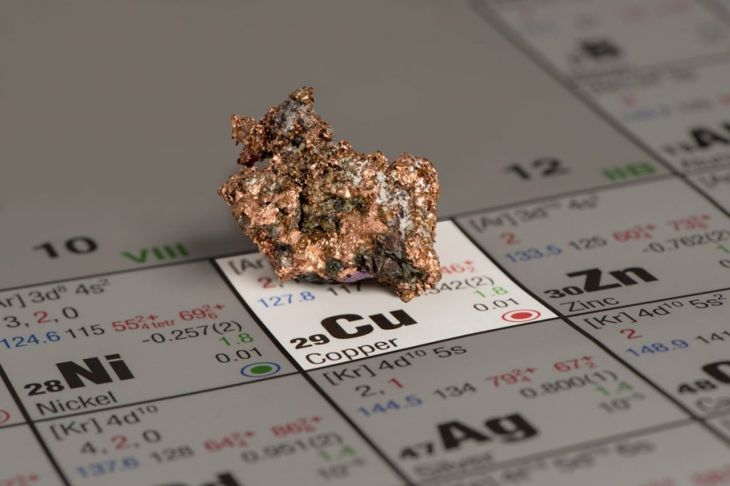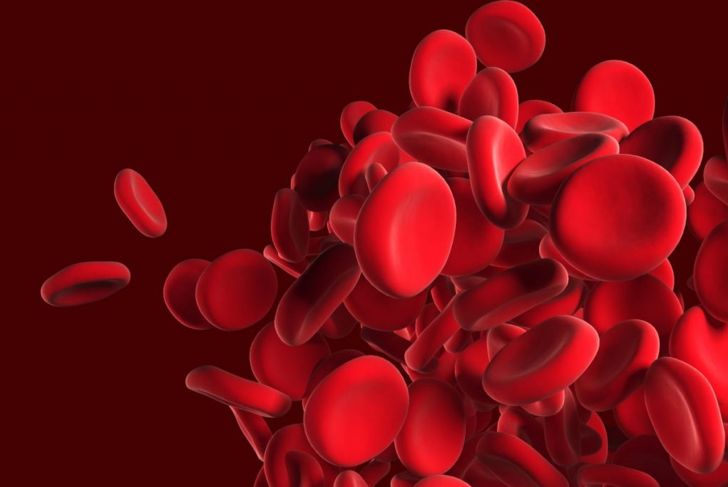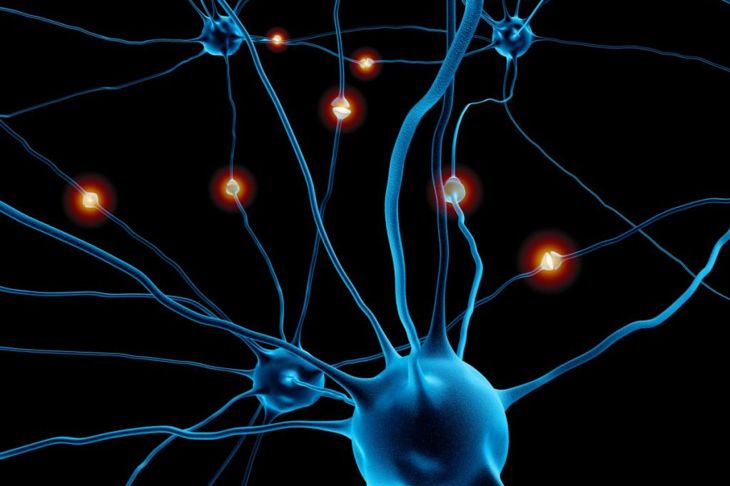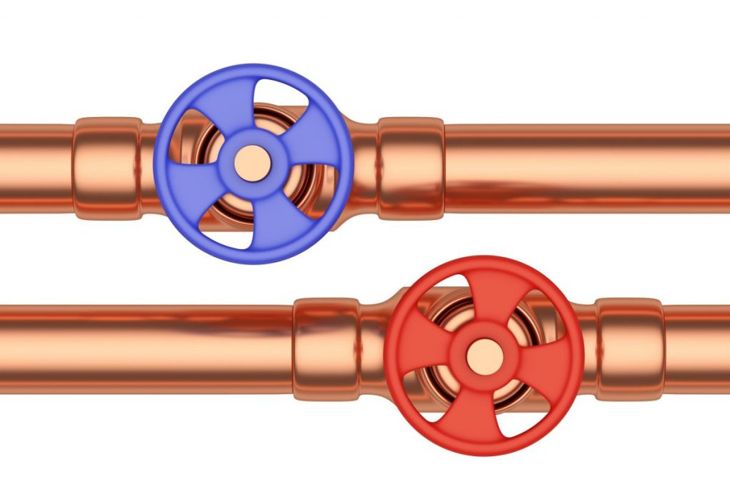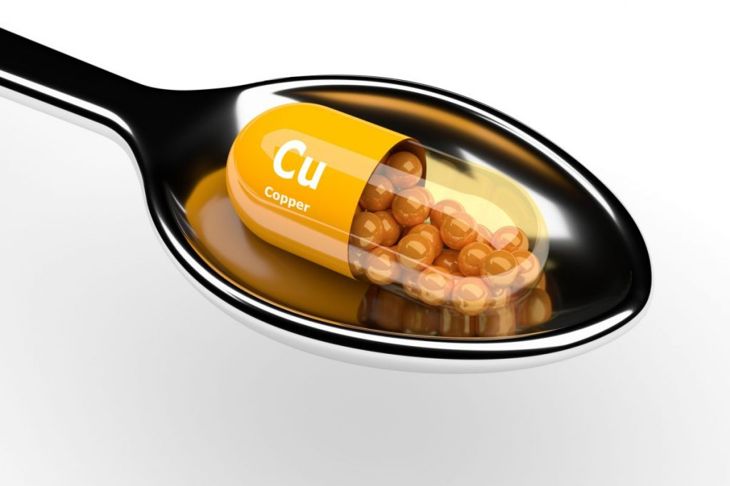Copper is a heavy metal that triggers up to 50 enzyme reactions and a multitude of physiological functions in the body. It supports skeletal and neurological systems and helps build the blood. Ancient and modern medical experts have long hailed copper for its immense healing properties. The copper levels in our bodies contain less than that found in a penny, yet research suggests three in four American adults do not get enough of it. Conversely, some authorities posit that most individuals ingest more than necessary. Maintaining a proper balance of copper is crucial; a deficiency or excess can cause a host of health issues.
Historical Use of Copper in Medicine
Writings from Ancient Egypt, Greece, and Rome, as well as Aztec, Persian, and Hindu manuscripts, document manifold medicinal applications of copper. Medieval and later European medical records report using the mineral and its compounds as antibacterial, anti-arrhythmic, anti-tumor, anti-epileptic, and anti-inflammatory agents. The nutrient was also prescribed to accelerate the healing of broken bones and wounds.
How Copper Helps the Body
Copper plays an integral role in many processes within the body. It helps regulate blood pressure and heart rate and activate the immune system. This metal contributes to iron absorption and red blood cell production. It is also instrumental in the maintenance of organs such as the heart and brain, bones, and connective tissue.
Other Health Benefits
As a conductor of electricity, copper supports the nervous system. It also helps regulate histamine levels, and, in turn, allergic and inflammatory responses. Copper may help reduce unhealthy cholesterol levels and arthritis symptoms due to its anti-inflammatory properties. It also provides antioxidant benefits to help prevent premature aging and promote energy production. Furthermore, the mineral regulates heart rhythm and thyroid gland activity and supports eye health.
Rich Copper Sources
The Journal of Trace Elements in Medicine and Biology noted copper levels in the Western diet have been decreasing over the past century. Fresh vegetables and protein sources such as animal organs, seafood, nuts, and seeds provide healthy amounts of the mineral along with a natural balance of other nutrients that enhance absorption. Include these foods in your diet to ensure that you consume enough copper:
- Almonds and cashews
- Asparagus
- Avocado
- Beef liver
- Chia seeds
- Chickpeas
- Dark chocolate
- Kale
- Lentils
- Oysters, shrimp, and other shellfish
- Quinoa
- Raisins
Risks and Consequences of Deficiency
People who take in excess zinc, are fed via feeding tubes, or have intestinal bypass surgery may not be able to absorb sufficient amounts of copper. Individuals receiving hemodialysis and malnourished infants have a higher risk of deficiency as well. Some experts believe that low copper intake is at least partially responsible for ischemic heart disease, osteoporosis, and Alzheimer’s disease.
Risks and Consequences of Excess
Too much copper can lead to copperiedus or copper poisoning. Symptoms typically include abdominal pain, nausea, diarrhea, and vomiting as the body naturally eliminates the extra copper. Other problems include anxiety, muscle pain, mental disorders, and preeclampsia in pregnancy. Copper intoxication could cause damage to the liver and kidneys. Medicinal Research Reviews reports that high levels of copper may contribute to cancers of the colon, brain, breast, lung, and prostate.
Copper Leaching
Metallic copper can leach into acidic foods and beverages and lead to toxicity. Several states have adopted the FDA Model Food Code, which mandates that copper must not come into direct contact with foods that have a pH below 6.0, such as chocolate, cheese, fruit juice, vinegar, and alcoholic drinks such as the Moscow mule (which is often served in a copper cup). The World Health Organization (WHO) and the U.S. Environmental Protection Agency have determined that drinking water should contain between 1.3 to 2 mg per liter to avoid copper poisoning. The Centers for Disease Control and Prevention state that copper levels in surface and groundwater are generally low, but elevated levels may enter the environment through wastewater releases from agricultural, manufacturing, and mining operations.
Copper in Your Water
If your residence has copper pipes, you can have your water analyzed by certified laboratories to discover the copper levels. Boiling will not diminish the amount of copper in your water, but treatments such as distillation, reverse osmosis, and ultra-filtration can effectively remove copper from your water supply. If you believe your plumbing exposes you to excess copper, let the water run from each faucet for 15 seconds before using it.
Supplements
Copper supplementation is generally unnecessary since it is quite easy to meet daily intake requirements through diet. A primary care provider may recommend supplements if your health so warrants, but the FDA does not monitor these products, which vary widely in quality and purity. Copper supplements should only be taken upon the advice of a medical professional.
Contraindications
Consuming excess copper can worsen some hereditary conditions like childhood cirrhosis and idiopathic copper toxicosis. Certain medications may cause an imbalance of copper levels in the blood. Copper supplements may interact with medications for gout, gastric reflux, and arthritis, as well as birth control pills, hormone therapies, and Wilson’s disease, and zinc supplements.

 Home
Home Health
Health Diet & Nutrition
Diet & Nutrition Living Well
Living Well More
More